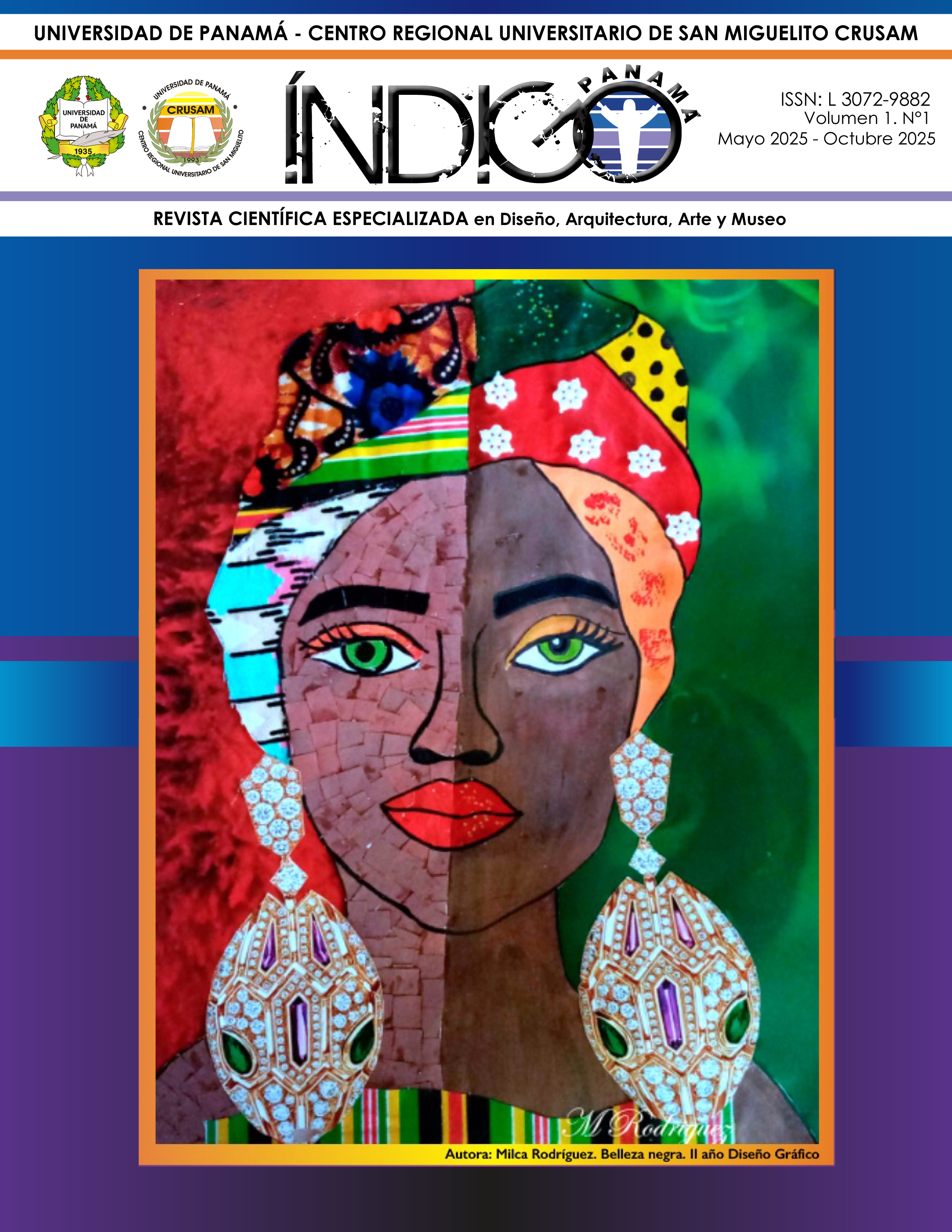

Copyright (c) 2025 índigo Panamá

This work is licensed under a Creative Commons Attribution-NonCommercial-ShareAlike 4.0 International License.
Motion orchestration is a series of techniques that have the purpose of connecting the artistic expression of the animator with the emotional perception of the observer, in a quantized and coherent way, with the objective of connecting with the basic process necessary to observe or interact with the properties susceptible to an object. Turning animation into a living language through moving images based on the interaction of all the elements of the scene; in an analogous way as the instruments do and interact in a symphony orchestra. The basic difference is raised between traditional animation (where the emotion of the character is achieved through the facial and body expression of the illustrated character), while in the orchestration of movement the utility can be found in different motifs, such as in animation abstract, in motion graphics, in logo animation, and in other facets of animation in which the traditional character does not exist. Giving equal preponderance to both abstract elements such as the camera and the post-production effects that become elements of expression and movement. For this, it is very important to identify the background, where the animation originates, from when the tools and applications for this variety of animated processes are transformed and created. There is very little material that illustrates these processes, making it difficult to find sequential methods and procedures to give continuity and relevance to the topic. Therefore, it is worth presenting the information resulting from the author's experience of more than 25 years as a professional animator, collecting, analysing, selecting, debugging and describing animation work like that of other professional animators. The three main parts of the movement orchestration technique will be briefly described in this writing. Achieving this interesting animation results in different ways, which involves the knowledge of the movement of objects and the nature that we impart to them through inertia, rhythm, and the mechanics of the pendulum. The camera in particular stops being a passive element and becomes an active element of the animation; it is another object to be animated with the same expression and dedication with which any other object in the scene is animated.